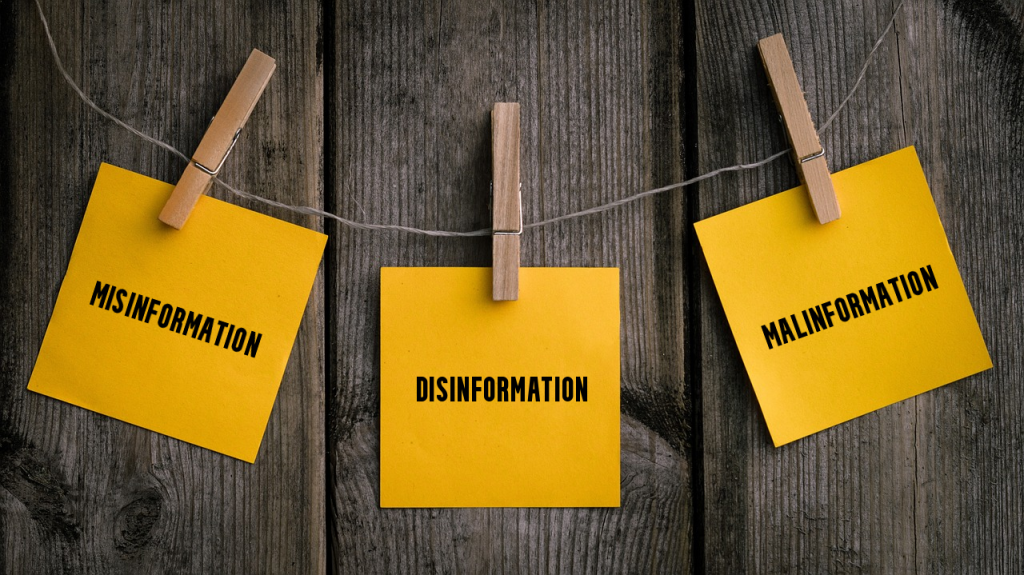
Misinformation, disinformation, and malinformation are all terms that refer to false or misleading information, but they differ in how they are intentionally or unintentionally spread.
Misinformation
Misinformation is false or misleading information that is unintentionally spread. It can be the result of a misunderstanding, a mistake, or a lack of knowledge. Misinformation is often spread through social media or other platforms, where it can quickly reach a large audience.
Example 1: A viral social media post claiming that eating a specific fruit cures a common illness, despite no scientific evidence supporting such a claim.
Example 2: A forwarded message stating that a celebrity has passed away when, in fact, they are alive and well. The forwarder didn’t fact-check before forwarding this message.
Disinformation
Disinformation is false or misleading information that is intentionally spread in order to deceive or manipulate people. It is often spread by governments or other organizations as a way to advance their interests or to discredit their opponents. Disinformation can take many forms, including fake news, propaganda, and conspiracy theories.
Example 1: A fabricated news article alleging that a political figure is involved in a criminal conspiracy, created and spread to damage their reputation.
Example 2: A government disseminating false information about a neighboring country’s actions to justify its own geopolitical agenda.
Malinformation
Malinformation refers to factual information that is shared with malicious intent, such as to harm a person’s reputation or to create chaos. It is often spread with the intention of causing chaos or confusion, or with the goal of damaging an individual’s reputation or causing harm to a group of people. Malinformation can include things like cyberbullying, online harassment, and spreading false rumors about someone.
Example: A person deliberately leaks selectively edited personal messages of someone to portray them in a false light, intending to damage their relationships and reputation.
Let us reiterate what we have learned in this article: Misinformation is false or misleading information that is spread unintentionally, disinformation is false or misleading information that is spread intentionally to deceive or manipulate, and malinformation is factual information that is spread intentionally to harm or manipulate.
Take: All three types of false or misleading information can be damaging, but it is important to be aware of the differences in order to protect ourselves and others from their effects.